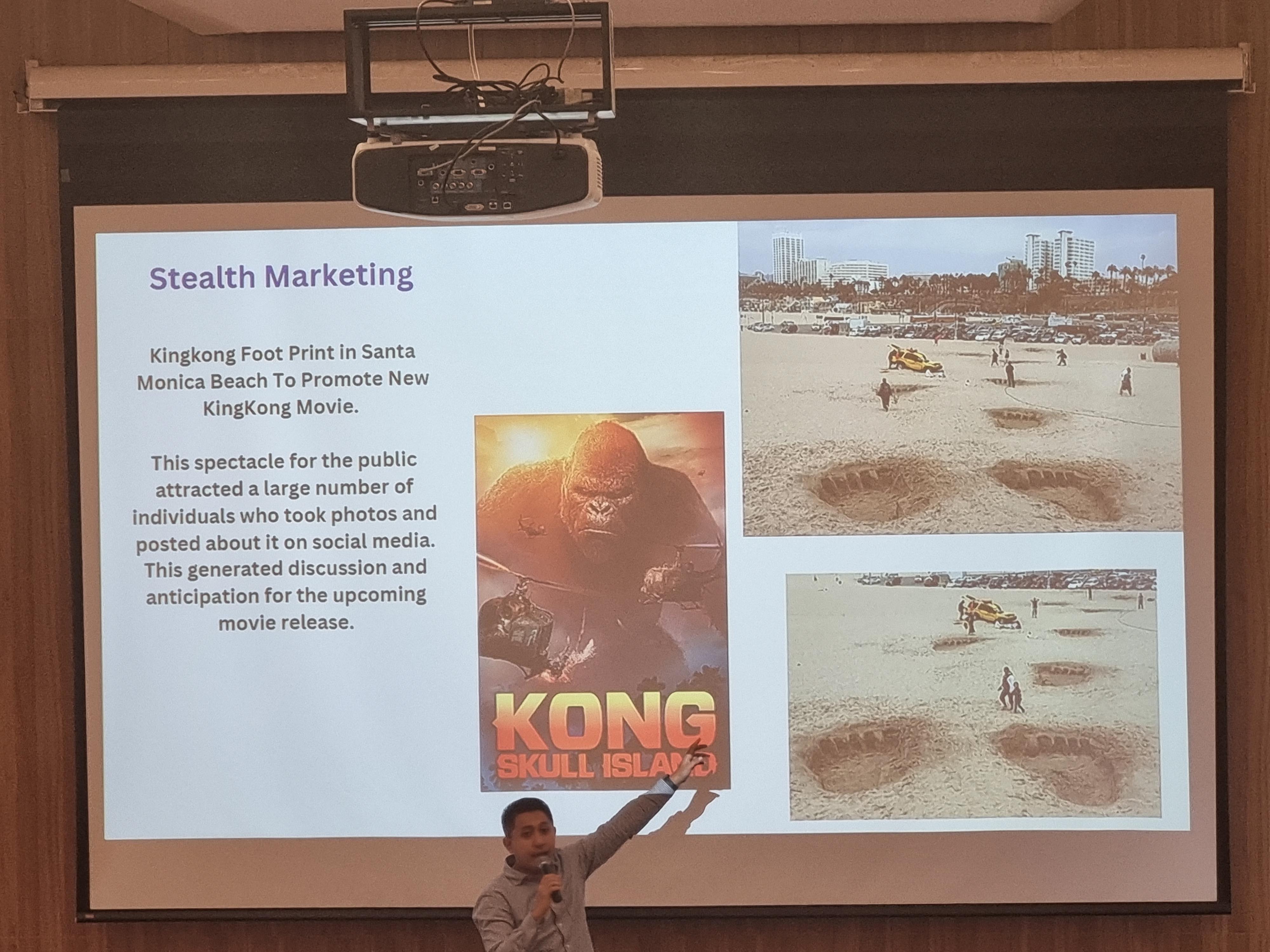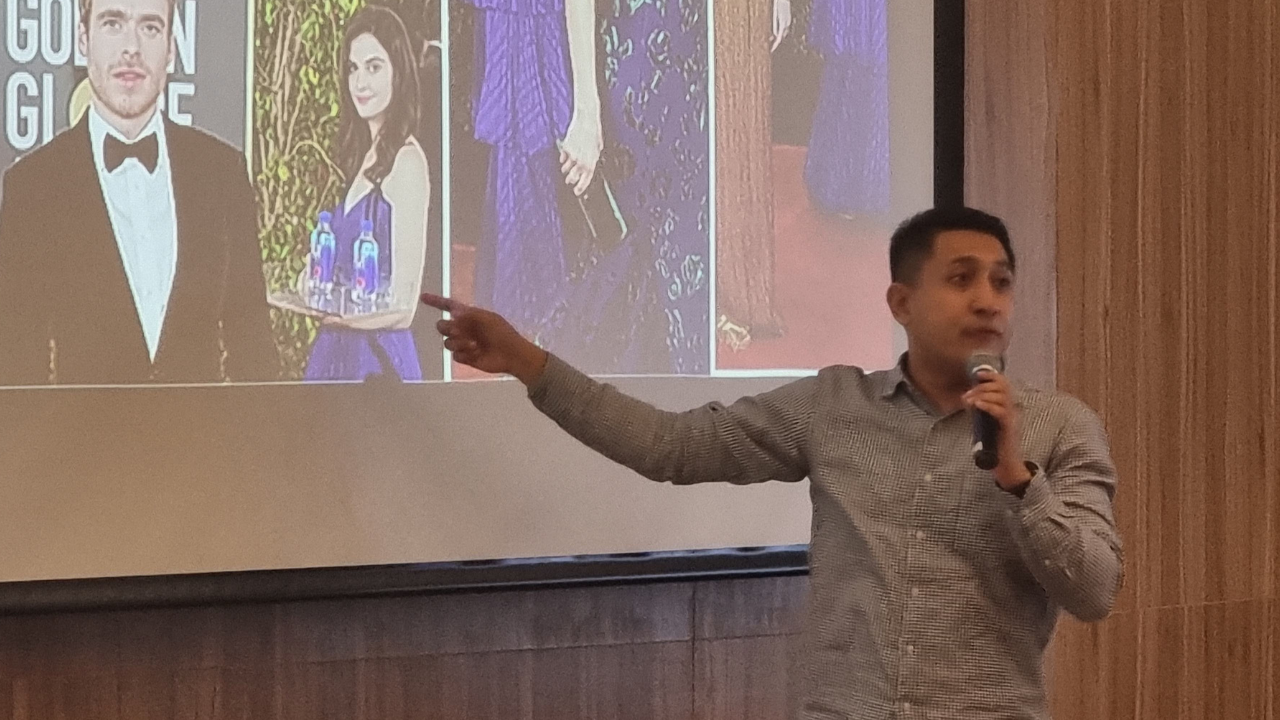Around the 1970s, it was reported that each person could see 500 to 1600 advertisements per day. Without transforming the marketing strategy into digital, more and more advertisements will be needed on billboards, television, newspapers, and other facilities.
In 2021, the average ad found by each person has increased rapidly, with an estimated 6,000 to 10,000 ads per day. Advertising and marketing are interrelated in several ways. Many business actors use them interchangeably.
Reinaldy Agung Pramudita discussed advertising development in a guest lecture session on Integrated Business Experience at the Nemangkawi Auditorium SBM ITB on Wednesday (1/3). This lecture discusses the current transformation of product or services marketing, including digital transformation.
However, some marketing strategies do not rely solely on digital vehicles. Even many well-known companies use this strategy, namely guerilla marketing. Guerrilla marketing is a marketing tactic in which companies use surprises or unusual interactions to promote products or services.
Guerrilla marketing mostly occurs in public places where large groups gather, such as streets, concerts, public parks, sporting events, festivals, beaches, or shopping centers.
“One of the key elements of guerrilla marketing is choosing the right time and place to conduct a campaign to avoid potential problems,” explains Rei.
According to Rei, guerilla marketing can effectively increase awareness of products or services, but with reduced costs in the digital marketing era. The message conveyed is also more acceptable because of its massive distribution and mass discussion. Many startups are currently using this tactic, such as influencer Arief Muhammad who always adds ‘spices’ to his product advertisements.
“There are five types of guerilla marketing that companies commonly use: viral marketing, stealth marketing, ambient marketing, ambush marketing, and grassroots marketing,” said Rei.
Viral marketing is a marketing technique that utilizes the spread of word of mouth, mainly on social media. For example, there is Mixue, stigmatized by the public as an angel that snatches up empty shop houses. The public doesn’t realize that this actually increases brand awareness of Mixue.
Then there is stealth marketing, where brands go to great lengths to market to customers without realizing they are being tricked. An example that can be seen is king kong’s footprints on Santa Monica Beach, United States, for promoting King Kong Movie.

Ambient marketing is a marketing technique that seeks to blend in with the surrounding environment. In contrast to more explicit forms of advertising, ambient marketing can be found on bus seats. Instead of creating a standout campaign, some companies may strive for more subtle campaigns to minimize customer risk.
While Ambush marketing is a marketing tactic in which a company tries to use a tailcoat effect, making it appear like a sponsor even though it is not. For example, in a running match where Michael Johnson participated in, he used Nike brand shoes. Nike was not the match sponsor then, the sponsor of the match was Reebok. However, because Michael’s shoes were always highlighted, Nike was seen as the main sponsor.
Finally, there is grassroots marketing, namely marketing techniques carried out directly to consumers at the individual or small group level. In the digital era, grassroots marketing is becoming increasingly important and has the potential to generate significant results for the business.
There are pros and cons to guerilla marketing. Guerilla marketing is relatively more cost-efficient, allows for greater creativity, and can reach a wider audience. Meanwhile, the drawbacks are that the campaigns are often less targeted hence less successful, the messages conveyed inconsistently and more unpredictable because tracking or collecting data is difficult.




